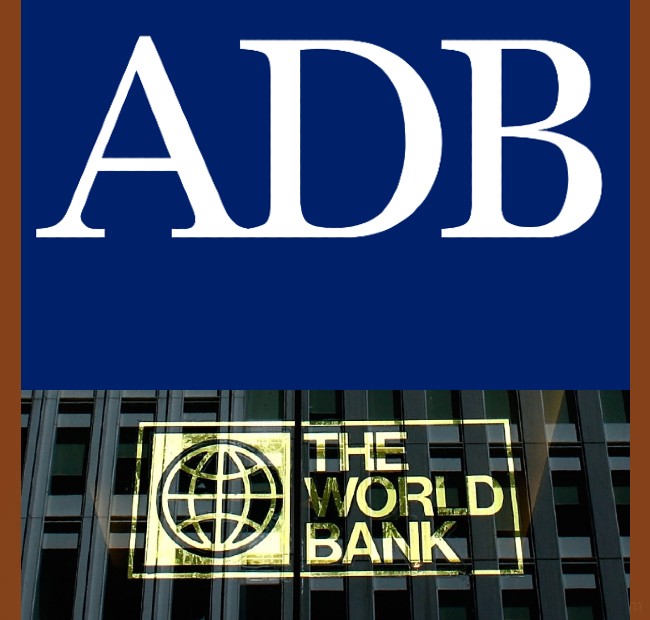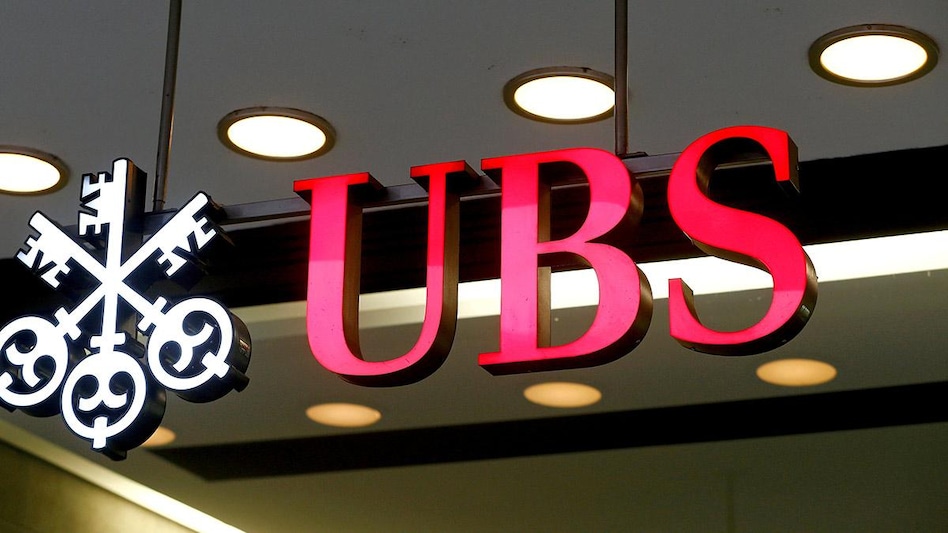New Delhi, NFAPost: Amid growing rumour on global recession and other domestic factors, World Bank and Asian Development Bank (ADB) on Tuesday slashed their economic growth forecasts for India for 2023-24 (FY24) by 30 and 80 bps to 6.3% and 6.4% respectively.
In its India Development Update, the World Bank said real GDP growth is expected to moderate from 6.9% in FY23 to 6.3% in FY24 because of global slowdown spillovers and slower consumption growth.
“The lagged impact of monetary policy tightening, heightened growth uncertainty, and reduced current spending of the government are expected to constrain domestic demand in India in FY24,” it added.
The ADB, on the other hand, in its latest Asian Development Outlook said if global conditions do not deteriorate as much as anticipated, higher global demand will likely spur growth in India.
“However, any worsening of geopolitical tensions is likely to exert further downward pressure on global demand and increase uncertainty, tamping down India’s growth rate and pushing up inflation. Domestically, weather shocks to agricultural production, including abnormal rainfall or higher temperatures, could spur food inflation, thereby putting further pressure on the central bank to raise interest rates,” it said.
The World Bank cautioned that consumer spending by lower-income groups is expected to be hit in FY24 due to slower growth in their incomes.
“This is consistent with labour market data indicating that over the past two years, jobs and earnings losses were higher among informal workers like those in casual-wage work, those with below-tertiary level education, and those in low-paying sectors most affected by the pandemic, such as retail and hospitality services, and construction,” it said.
The ADB is more optimistic on prospects of domestic consumption growth. “A robust labour market and rising consumer confidence are indicators of relatively strong growth in consumption in FY24 and FY25. Further, a higher tax rebate and a raised income threshold for tax exemption, announced in the most recent budget, may increase disposable income for the middle class, also boosting private consumption,” it said.
On recovery of private investment demand, the World Bank said the investment cycle is projected to pick up in the second half of FY24, contingent on global growth recovery and lower borrowing costs. The ADB said private investment growth is likely to be lower in FY24, given tightened monetary policy, high lending rates, global uncertainty, and moderating optimism on business conditions.
Both the World Bank and the ADB projected retail inflation to moderate in FY24 to 5.2% and 5.0% respectively, assuming moderation in oil and food prices.
The World Bank said core inflation is expected to remain elevated but on a downward trajectory as the impact of monetary policy tightening starts to materialise from mid-FY24.
“Moderating global oil prices will push transportation costs down, and inflation in other services is also expected to ease on the back of a modest growth in consumer spending. Furthermore, an expected fall in prices of inputs such cotton and synthetic fibres over FY24 will further push down core inflation,” it added.
The ADB projected monetary policy to become more accommodative in FY25 in tandem with expected actions by the US Federal Reserve.
Both the multilateral lending agencies projected India’s current account deficit (CAD) to narrow, to 2.1% and 2.2% of GDP respectively, due to a substantial decline in the merchandise trade deficit.
“Growth in import of goods and services is expected to slow as commodity prices moderate, narrowing the trade deficit. With rising global uncertainty and interest rates, foreign direct investment and portfolio inflow are likely to remain weak in FY24 before picking up slightly in FY25. Nevertheless, India’s overall balance of payments will remain strong to the forecast horizon,” the ADB said.
The World Bank said India’s elevated public debt-to-GDP ratio is stable but subject to risks arising from macroeconomic uncertainty, while the ADB maintained that India’s public debt is on a sustainable path. “The projected level of the fiscal deficit stabilises the debt-to-GDP ratio around 84 per cent but if nominal GDP growth were to moderate more than currently projected, faster consolidation would be needed to reduce the debt burden over the medium-term,” the World Bank said.





